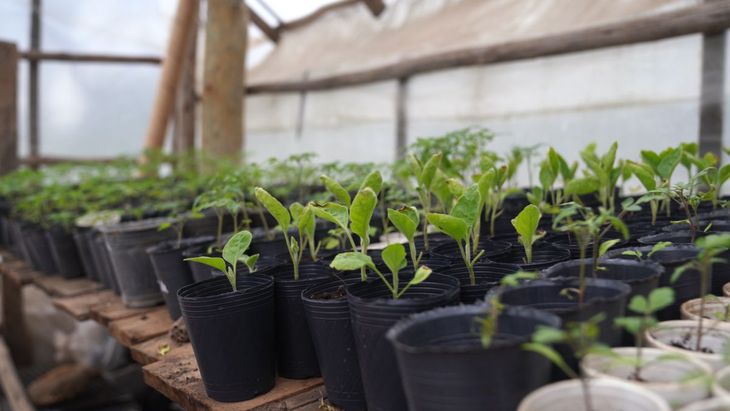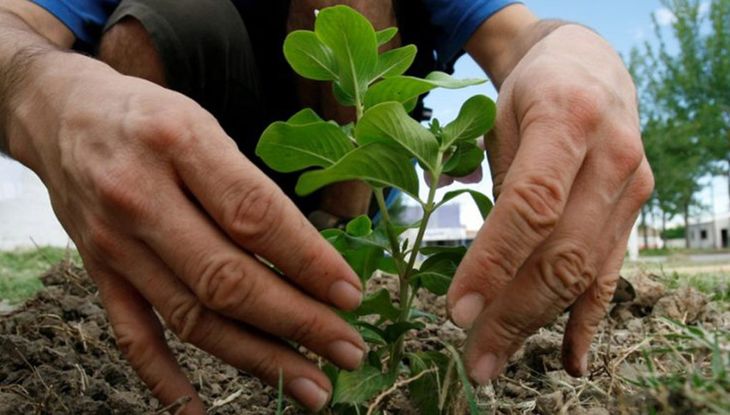With adequate care, your orchard can continue to bear fruit even in the months where it is colder.
As the stations change, the garden routines also transform. Winter, with its low temperatures and lower sun exposureraises particular challenges for those who grow vegetables at home. However, far from being a total period period, the winter season offers the opportunity to plan A more resistant gardenadapted to the weather conditions.
The content you want to access is exclusive to subscribers.
The first step to achieve an active garden in winter is understand how they behave the plants before the thermal descent. Some species slow down their growth, others stop completely, and a few, especially selected, thrive. This not only implies knowing the environment well, but also being willing to Modify usual practices of cultivation, such as irrigation schedules, frost protection and the way of paying.


Photo Huerta Agroecological.jpg

C5N
The good news is that there are varieties of vegetables designed specifically to develop in these conditions. While the cold may seem like a brake, there are plants that They take advantage of it to strengthen and grow With more flavor and consistency. Cultivating in winter requires more work, but it is also a way to maintain connection with the earth at all times.
What about vegetables in winter?
During cold months, plant growth decreases considerably due to Reduction of sunlight and low temperatures. This process affects both development speed and final production. The roots absorb less nutrients, photosynthesis slows down and many species enter a state of vegetative rest until the weather improves.
Pro Huerta.jpg

However, not all plants react the same. Some species were evolving to Tolerate these conditions Extreme, and others even found in the cold an opportunity to improve their quality. Frost, for example, can increase the natural sweetness of certain crops, such as some green leaves or roots. Therefore, adequate planning not only keeps the garden in operation, but can also contribute a tastier and more resistant harvest.
Recommendations for reaping with low temperatures
Among the vegetables that best adapt to winter, green leaves stand out as spinach, chard and lettuce Winter. These species tolerate the cold well and, in many cases, their taste improves after the first frost. The leaves tend to become more sweet and tenderand its maintenance requires less intensive care, always and when they have a well drained soil and some protection against extreme temperatures.
Huerta at Casa Vegetables.jpg

Photo: Pixabay
The roots like Carrots, radishes and turnips They are also excellent options for this time of year. Their underground growth protects them from frost, and their structure allows them Store nutrients efficiently. In addition, they are ideal for those who just begin with a winter orchard, since their cultivation does not demand advanced knowledge or special equipment.
Finally, we must not forget the crucifers as The broccoli, cabbage or cauliflower. These species not only survive the cold, but they need it to complete its cycle correctly. They are robust vegetables, rich in vitamins and minerals, that provide diversity and nutritional value to the winter garden.
Source: Ambito
I am an author and journalist who has worked in the entertainment industry for over a decade. I currently work as a news editor at a major news website, and my focus is on covering the latest trends in entertainment. I also write occasional pieces for other outlets, and have authored two books about the entertainment industry.




